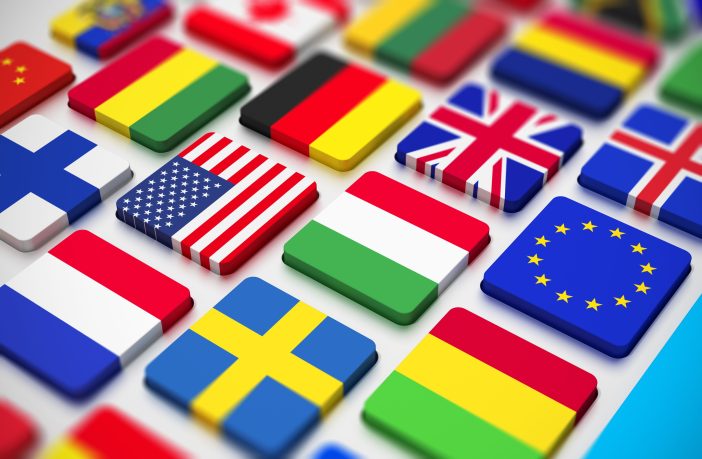Multilingual SEO: key steps
Companies targeting a global audience face a difficult task. They must develop a convenient, functional resource that adapts to different markets. One of the best solutions in this case is multilingual website SEO. This approach will allow you to scale your business effectively and avoid difficulties communicating with new customers.
Even though English is the most spoken language on the internet, it is only the 3rd most spoken language in the world. Therefore, using only one language on a website limits business opportunities, especially if a company wants to expand globally. For example, including Spanish extends the audience reach to approximately 437 million users and Italian to 63 million people.
Working with a multilingual resource involves more than just translating text. It is also necessary to adapt the content to the cultural specificities of the consumers and make it understandable to them. To achieve this, it is essential to think through every action when promoting a website and not to overlook details.

Key stages of an SEO strategy
The first step in developing a multilingual SEO strategy is to analyse your target audience. Here, it is vital to start with the behavioural characteristics of consumers from other regions and their language preferences. At this stage, you should:
1. Localise metadata to make it as culturally relevant as possible.
2. Harness the power of social media. Focusing on popular platforms in your preferred region will increase the SEO effect. Backlinks are also a good result as they help attract new audiences’ attention.
3. Modify content to reflect the new localisation. In this case, assessing the possibility of adapting the site’s content is important. It may be sufficient to adapt existing material or add new material.
4. Conduct a comprehensive site analysis and track its ranking using Google Analytics and other services. This will allow you to see the real situation of the traffic flow and identify its sources. The aim is to increase targeting in specific regions and improve positions in search results.
5. Study the nuances of e-commerce. When placing orders in multiple countries, it is necessary to consider different currencies, exchange rate differences and other peculiarities. It is also worth adapting payment services and making them as convenient as possible for new customers.
Following these points can significantly improve the website’s visibility for new localisations.
How to improve the position of a multilingual website
In addition to making the resource available to target audiences from different countries, it should be optimised for search engines that focus on specific language segments.
You should start by placing Hreflang tags. They make a multilingual site SEO-ready for all localisations. They allow you to inform the search engine about using a particular language for a particular geography.
It is also important to pay attention to the localisation of metadata, which is not limited to translations. Here, it is necessary to adapt keywords to cultural and linguistic specificities. This approach will help increase the site’s attractiveness to users and improve its ranking.




